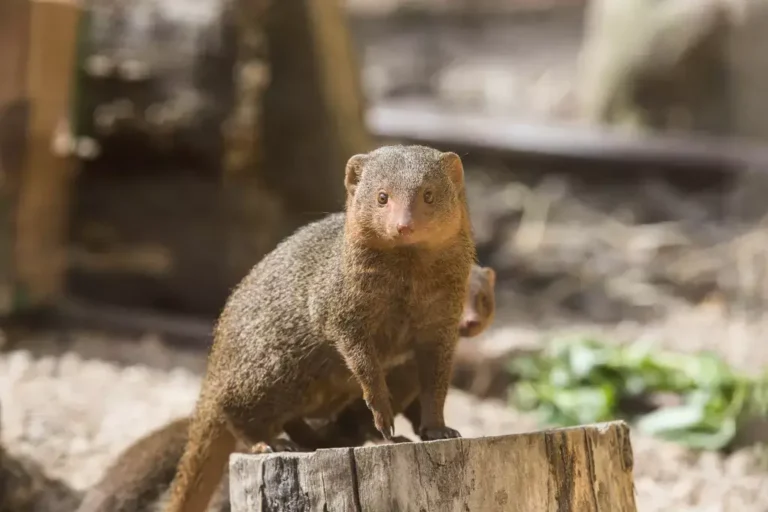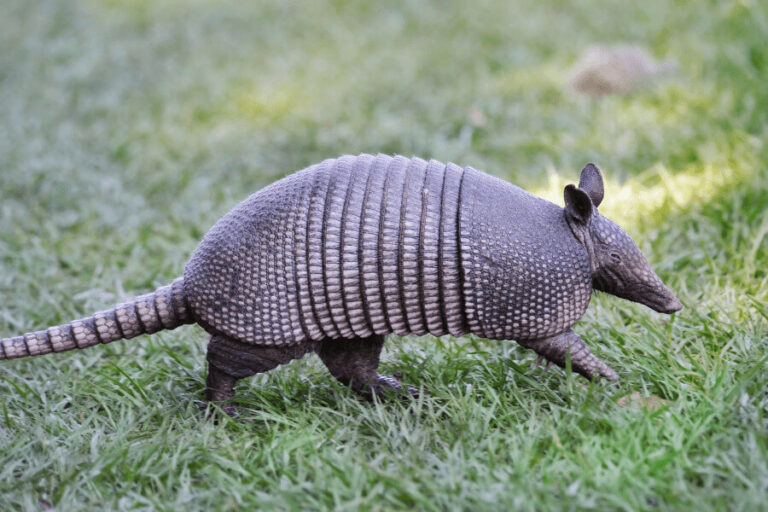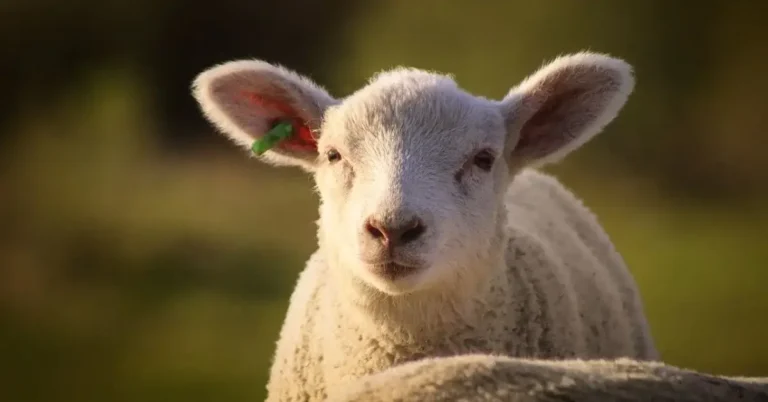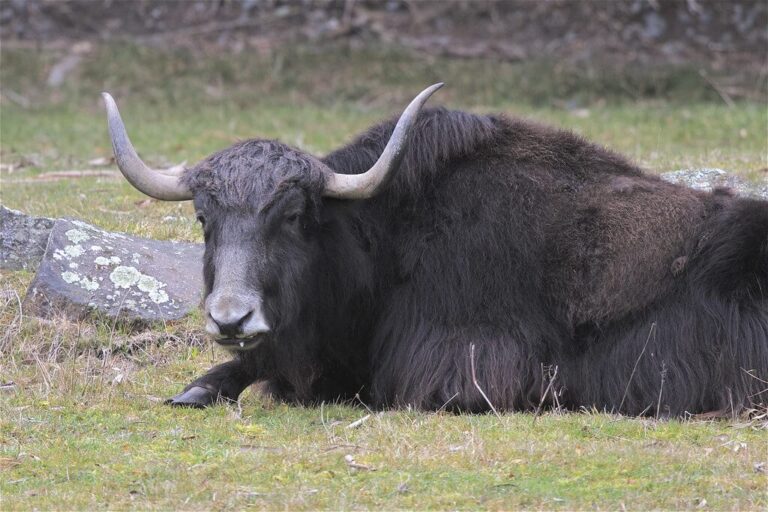Zebra: The Striped Wonders of the Animal Kingdom
Zebras are among the most iconic animals of the African savanna, renowned for their distinctive black-and-white stripes and social behavior. Belonging to the Equus genus, they are closely related to horses and donkeys. Zebras exhibit unique adaptations that help them thrive in diverse habitats, from open grasslands to rugged mountainous regions. They play a vital role in their ecosystems as grazers and are known for their strong social bonds, often forming family groups led by a dominant stallion.
However, zebras face significant habitat loss and poaching threats, prompting conservation efforts to protect these fascinating creatures. Understanding zebras enriches our knowledge of wildlife and highlights the importance of preserving their natural environments.
Contents
Scientific Classification
- Kingdom: Animalia
- Phylum: Chordata
- Class: Mammalia
- Order: Perissodactyla
- Family: Equidae
- Genus: Equus
- Species:
- Equus quagga (Plains zebra)
- Equus zebra (Mountain zebra)
- Equus grevyi (Grévy’s zebra)
Zebras belong to the genus Equus, which also includes horses and donkeys. Their striking black-and-white stripes set them apart in the animal kingdom, making them instantly recognizable.
Physical Characteristics

Zebras are medium-sized equids with muscular bodies and long legs designed for swift running. Their most iconic feature, the stripes, vary among species and individuals:
- Plains Zebra: Wider stripes, more evenly spaced.
- Mountain Zebra: Narrower stripes, especially on the neck and rump.
- Grévy’s Zebra: Narrow, closely spaced stripes, especially prominent on the head and flanks.
Zebras typically stand between 4-5 feet at the shoulder and can weigh up to 880 pounds, depending on the species. These animals have excellent vision, hearing, and a strong sense of smell, which helps them evade predators.
Habitat
Zebras primarily inhabit grasslands, savannas, and mountainous areas:
- Plains zebras are the most widespread, found in Eastern and Southern Africa.
- Mountain zebras prefer rugged, rocky terrains in Namibia and South Africa.
- Grévy’s zebras are limited to semi-arid grasslands in northern Kenya and Ethiopia.
Behavior
Zebras are social animals that typically live in herds. Their social structure can vary:
- Plains zebras live in harems led by a dominant stallion, consisting of several females and their offspring.
- Grévy’s zebras, on the other hand, are less social, and males are territorial, establishing territories to attract females.
Zebras use their stripes for camouflage, which may confuse predators in the wild. They also engage in grooming behaviors, which strengthens bonds between herd members.
Diet
Zebras are herbivores and primarily grazers, feeding on a variety of grasses. During dry seasons, when grass is scarce, they may eat shrubs, leaves, and even bark. Mountain zebras are known to dig for water when none is readily available.
Reproduction
Zebras have a gestation period of about 12-14 months, typically giving birth to one foal. The young zebra, or foal, can stand and run within hours of birth, essential for survival in predator-rich environments. Foals are weaned at around 11 months but remain with their mother’s herd until they mature and either form or join new groups.
Predators
Zebras are preyed upon by various African carnivores, including lions, hyenas, and crocodiles. Their primary defense mechanism is to flee at high speeds (up to 65 km/h or 40 mph). In a herd, zebras may band together to protect the vulnerable members by forming a protective circle, with the adults facing outwards, ready to defend themselves if necessary.
Conservation Status
Zebra populations are under threat due to habitat loss, hunting, and competition with livestock for resources:
- Plains zebras are currently listed as “Near Threatened” due to declining populations.
- Mountain zebras are considered “Vulnerable,” with active conservation efforts leading to their population recovery.
- Grévy’s zebras face the highest threat, listed as “Endangered” due to habitat fragmentation and hunting.
Evolutionary History
Zebras evolved millions of years ago in Africa, sharing a common ancestor with modern horses. Their distinctive stripes likely developed as an evolutionary advantage for camouflage or for deterring biting insects such as tsetse flies.
Relationship with Humans
Zebras have a mixed relationship with humans. While admired for their beauty and iconic stripes, they have also been hunted for their skins. Conservation groups are actively working to protect zebra populations from further decline, particularly Grévy’s zebra, which faces severe pressure from human activity.
Interesting Facts
- No two zebras have identical stripe patterns—like human fingerprints; their stripes are unique to each individual.
- Plains zebras undertake one of the longest migrations of any land mammal, traveling over 300 miles for food and water.
- Zebras can sleep standing up, a common trait among equids.
Conclusion
Zebras are fascinating creatures with a rich evolutionary history, complex social structures, and remarkable survival abilities in diverse habitats. Conservation efforts are essential to protect these iconic animals from extinction, especially as human activities impact their natural environments.
- Golden Retriever Pros and Cons: What Every Pet Parent Should Know - 15 September 2025
- Cane Corso Dog Breed: Health, Care, and Lifespan - 14 September 2025
- Catahoula Leopard Dogs: Description, Temperament, Lifespan, & Facts - 21 July 2025







